8 Ways Hospitals Put Patient Safety First
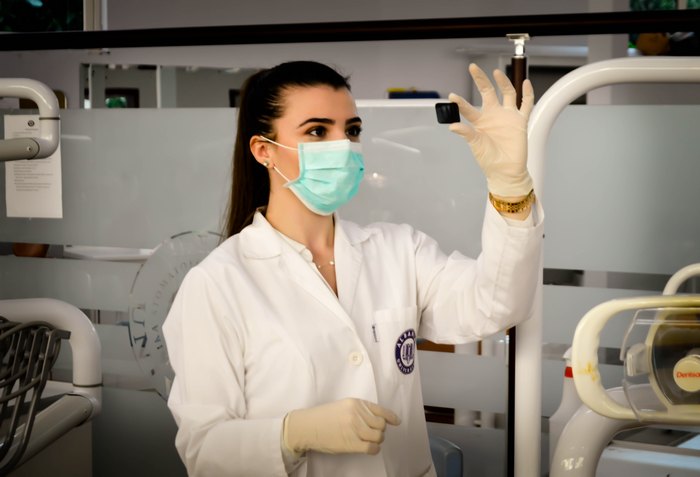
When you take a patient to the doctor or a hospital, you expect that all their treatments will be free of danger. Physicians and other healthcare providers should minimize the risk of infection and error while attempting to make their patients as comfortable as possible. The ultimate goal is that no patients are harmed. Physicians, nurses, dentists, and other healthcare workers can help make going to the doctor or the hospital a positive experience for patients.

Patients are a hospital’s number one priority and healthcare facilities always do the best possible strategies to ensure that their patients remain safe and healthy within their facilities. Here are some of the common ways hospitals use to guarantee that their patients’ safety is prioritized.
1. Using A Monitoring System
Each healthcare worker is responsible for caring for varying numbers of patients, each with different needs and medications. Using a monitoring system can help nurses and physicians ensure that they are doing their job correctly and keeping a close eye on patient needs.
By using technology such as bed alarms to notify staff if a patient falls, the healthcare industry is helping patients remain safe in the background—hospital monitoring systems such as these assist in spotting and avoiding human error.
2. Preventing Contamination
If you’ve ever had any surgery, you know that the equipment can generate some smoke. An electrosurgical smoke eliminator, which often serves as an attachment to electrosurgery, is a tool that’s used to remove some of the smoke that may be seen during surgeries. This product helps to prevent the particles from circulating in the air before they have a chance to enter the body. Contamination can be controlled in various ways, for example, washing hands more often, providing handwashing stations, and making sure everyone wears protective equipment like masks, scrubs, and disposable surgical gloves when handling patients.
3. Hygiene Is Essential
Strictly enforced rules and regulations have a substantial impact on patient safety. It’s one of the most effective ways to control germs and the spread of infections in hospitals. Alcohol-based hand sanitizers should be used regularly and patients should be taught about the importance of hand hygiene should be discussed extensively. Doctors take control of their patient’s health by washing their hands before going into the treatment room.
4. Educating Patients About Their Treatment
Eliminating the patients’ ignorance about their medical treatment and well-being is vital to ensuring patient safety. Patients needn’t be fully aware of their situation, but higher knowledge levels are still desirable. The strategy of simply reminding patients what they’ve been told has considerable evidence of use in patient safety initiatives. Patients and family members are primarily concerned with their well-being. For recognizing and preventing errors, you’re helping them stay on track with their treatment and medication.
5. Ensuring Positive Patient Identification
One of the more overlooked issues within the US healthcare system is patient identification errors and they hamper patient safety significantly. Patient misidentification causes patient data quality issues, medical record mix-ups, wrong transplants, detrimental health outcomes, and even deaths. Fortunately, responsible healthcare providers are using innovative solutions like RightPatient, a touchless biometric patient identification platform, to ensure patient safety by eliminating patient misidentification.
6. Verifying Test Results Before Operations
We’ve all heard the accounts of people who had their right knee replaced and received a botched operation—verification processes in the hospital procedure help combat frequent errors like these. Another kind of verification is the Universal Protocol, which allows any surgical team member to take a “time out” if they feel that the details of the surgery may be inaccurate. However, other aspects of healthcare use checks on medication dosage, timing, and handwashing procedures are essential to verification.
7. Checking the Dosage
Medical professionals can help patients closely examine the medications provided and ensure that proper doses are supplied on the prescription. Many of the remedies contain abbreviations that can sometimes be difficult to distinguish. Another popular abbreviation used that has no real-world meaning is once a day or the given dose. When it comes to these acronyms, one of the crucial actions of the organizations is to keep them out of the hands of those who shouldn’t have them. If medications are spelled out, the information is visible for everyone to see.
8. Performing the Needed Diagnostic Testing
Doctors will often check the patient’s bloodwork or other bodily functions to find out what’s happening. Tests are completed, but additional tests impede the patient’s welfare. The doctor must examine the tests and the patient’s current and future health comprehensively to see if there are any medications required or any options available to deal with the condition. The doctor should also ensure no side effects following the treatment.
Takeaway
Doctors, physicians, nurses, and other medical practitioners should be held to the highest standards. They’re taking people’s lives into their hands. Even the smallest of errors could result in injury, illness, or death. They make sure to follow every safety protocol because they need to be careful at all times making sure that the safety of their patients is one of the topmost priorities. By following the ways listed above, hospitals can ensure that their patients are always healthy and safe from harm.

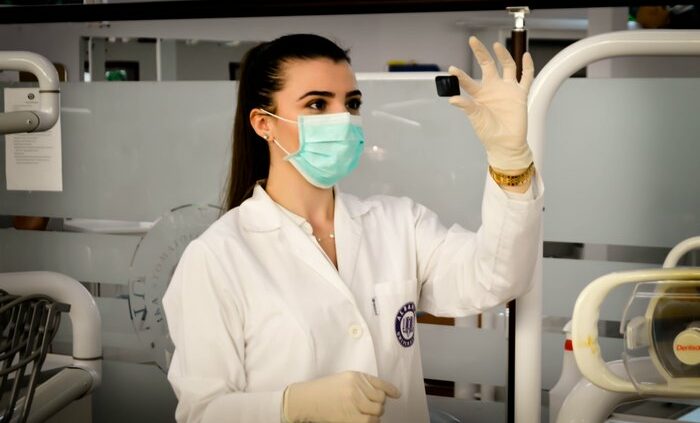

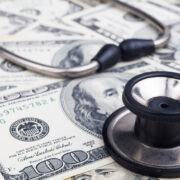
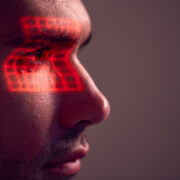
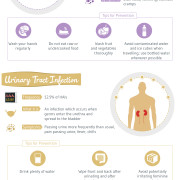



Leave a Reply
Want to join the discussion?Feel free to contribute!